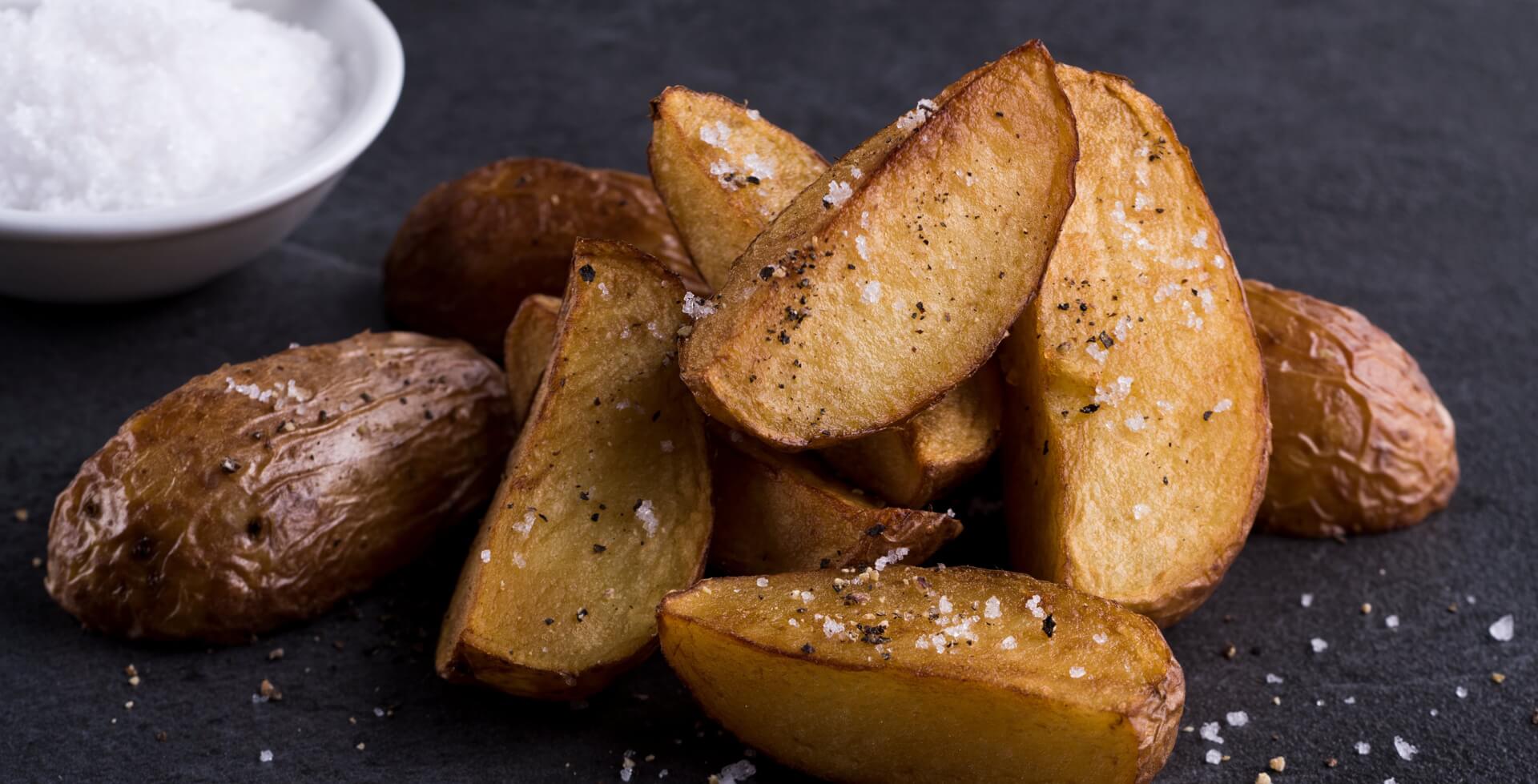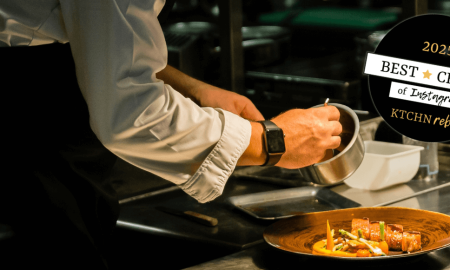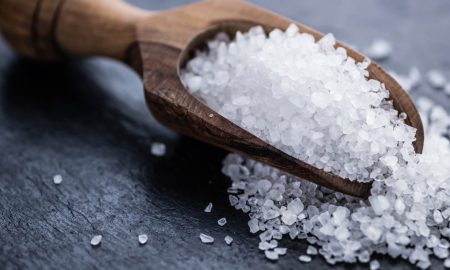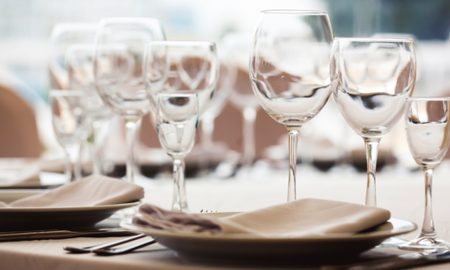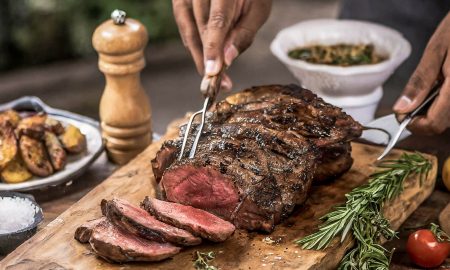It’s healthy, low in calories, and very filling. The potato is a very special tuber indeed, but it’s constantly battling its image as a “fattening” food… even though it’s usually oily preparation methods (French fries, chips) that turn them into calorie bombs. The potato itself is low-calorie and practically fat-free, made up of 75% water and just 0.1% fat. It’s packed with vitamins, minerals and antioxidants; it’s especially rich in potassium and provides particularly high-quality protein that delivers a wealth of essential amino acids.
Even people who aren’t necessarily culinary professionals tend to know that not all potatoes are created alike. For one, we distinguish among varieties by starch content: the more starch they have, the mealier they are. They also differ in terms of cultivation period: early potatoes are harvested in June, after just three months; mid-early varieties, in August; late varieties, autumn. Whereas early potatoes should be eaten as soon as possible after harvesting, the other varieties can be stored until the end of October. Ultimately, there are still a wide variety of cultivation areas around the world, with innumerable varieties and countless nuances in taste. Hardly any other crop is as multifaceted in terms of biology, culture and cuisine as the potato. That all translates to a practically endless number of varieties – over 4,000, according to the United Nations Food and Agriculture Organization (FAO). And counting.
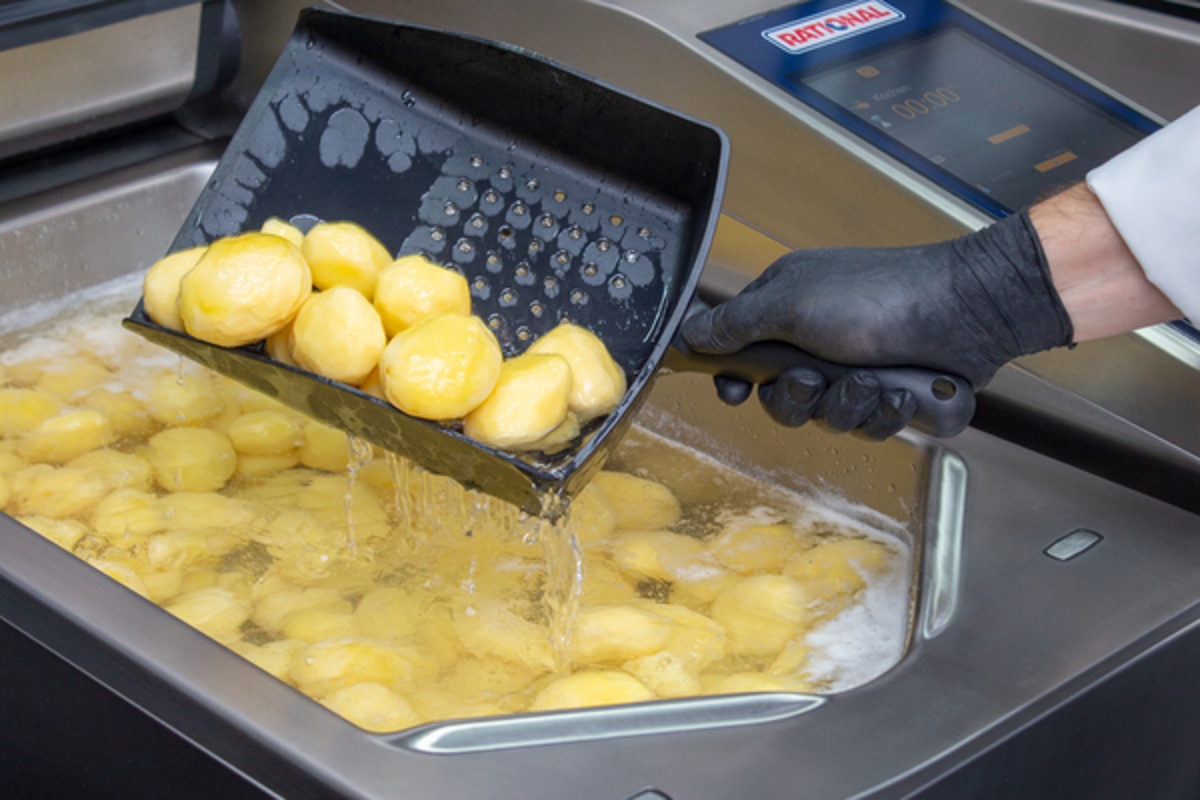
Image: Rational
But the potato has even more to offer. Much more. Properties and backgrounds that are surprising to laypeople and experts alike, and that make the potato a real miracle root crop. Discover these five potato secrets for yourself:
Potato secret 1: The people’s lemon
Besides the previously mentioned potassium, the potato is particularly high in something else: Vitamin C. Most people wouldn’t have expected to find the “lemon of the North” here, of all places, but at 170 milligrams of per kilo of potatoes (far more than in apples or bananas, and nearly double the 100 milligrams per day recommended for adults), it’s clear how the tuber is one of the key sources of vitamin C in Europe, where annual potato consumption exceeds 60 kg per person. In Germany, for example, to get the same amount of annual vitamin C from “real” lemons that they do with potatoes, Germans would have to consume five times as many lemons as they do now…
By the way: potato consumption within the European Union varies greatly from country to country. Poland leads the way, with each person eating 100 kilograms of potatoes annually. At the other end of the list is Cyprus: just 15 kilos.
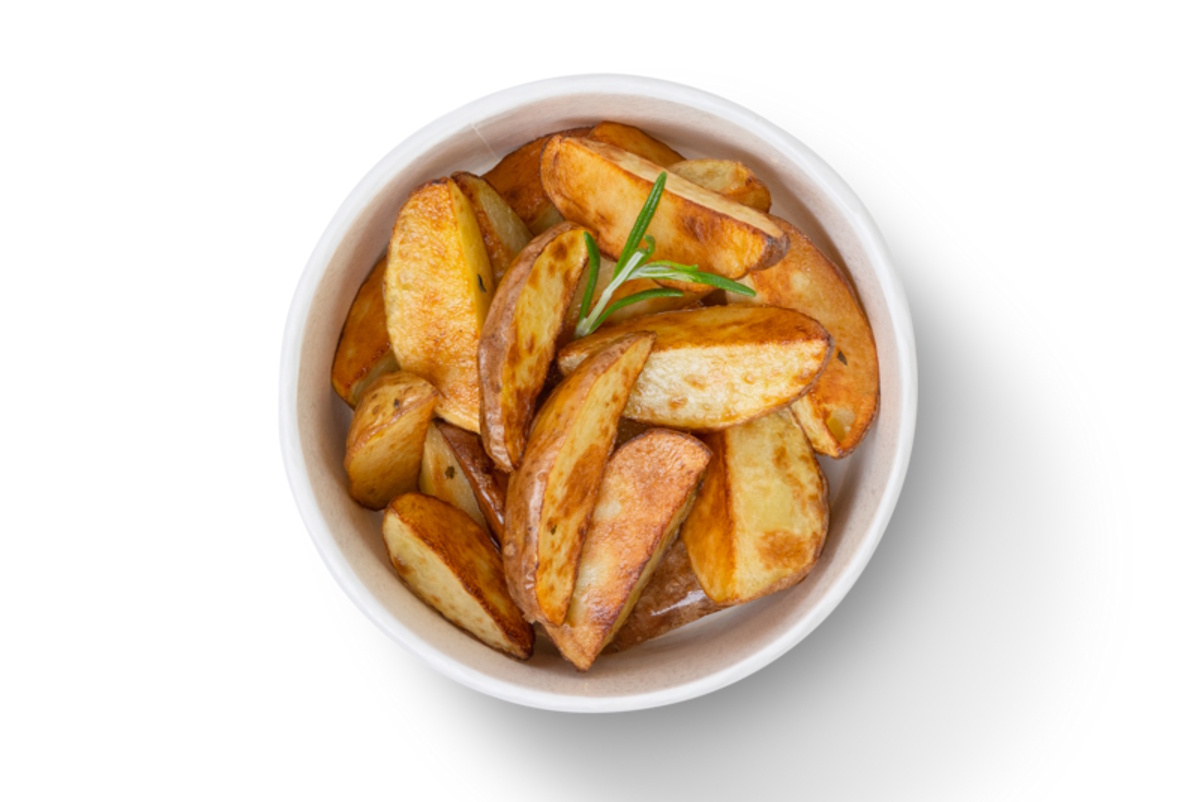
Image: Katharina Hofmann
Potato secret 2: Carb-tastic!
As the most important carbohydrate, starch is an essential component of the human diet. When we eat it in the form of grains, for example, it’s easy to digest. It’s different with potato starch, which is comprised of the polysugars amylopectin and amylose – both of which are largely indigestible for humans in raw form. When the potatoes are cooked, however, the starch can be processed – it enters the bloodstream as glucose and increases blood sugar levels, i.e., energy. But it doesn’t stop there: when boiled potatoes are cooled for at least twelve hours, the starch in them changes – it becomes resistant. As a result, it can only be broken down in the large intestine, not in the small intestine. The resistant starch will increase blood sugar more slowly, and it acts like a fiber that supports gut flora.
By the way: even re-heating the starch does not compromise its resistance. In other words, whether you’re warming them up or enjoying them as a salad, yesterday’s potatoes definitely do your body good.
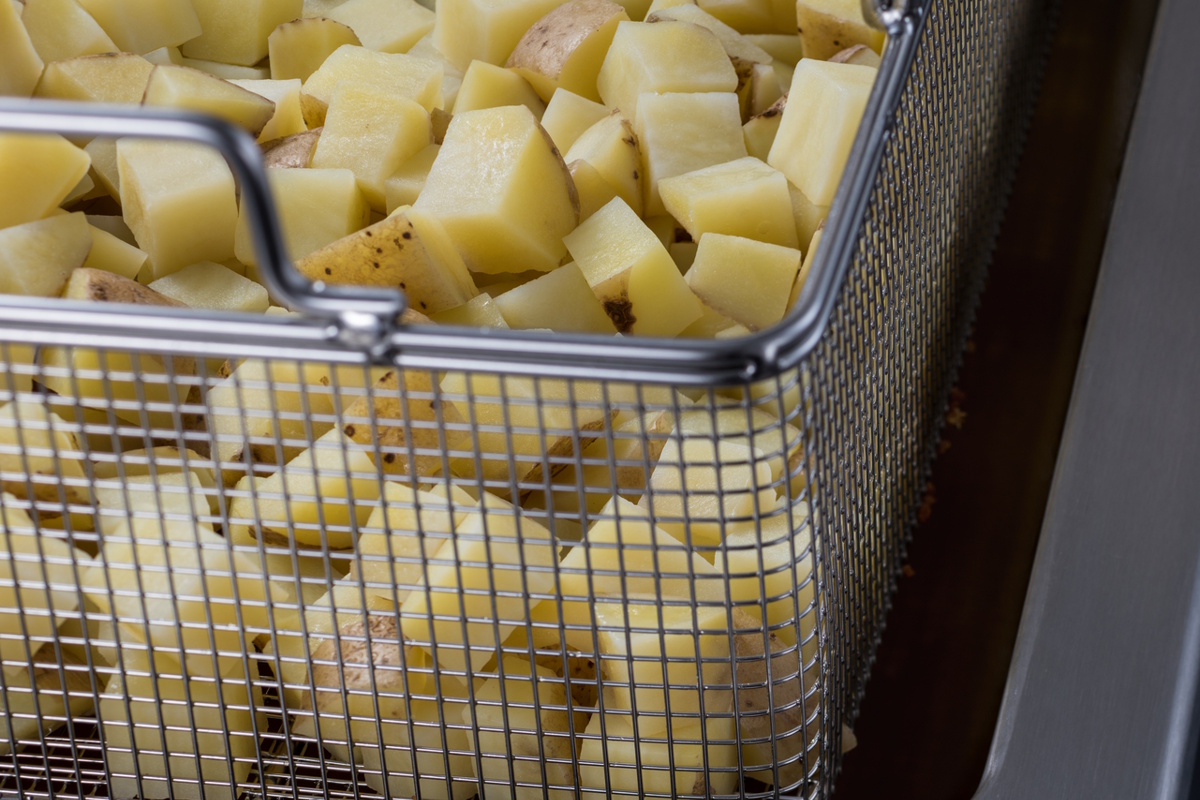
Image: Rational
Potato secret 3: A tuber with a past – and many names
The potato looks back on a long history. It originated in South America, specifically in the area of modern-day Peru and Bolivia. Evidence shows that indigenous tribes in the Andean highlands domesticated the potato’s ancestor around 9,000 years ago. The Spanish conquistadores ultimately brought the tubers to Europe in the 16th century. Originally known here by its Inca name, papa, the name patata finally prevailed due to its visual similarity to the sweet potato (batate, see also Secret 4); in Latin America, on the other hand, the potato is still called papa today. In the German-speaking region, the word “Kartoffel” developed due to the tuber’s similarity to truffles (Italian: tartufi), while people in parts of Austria and the southern German region translate the French word pommes de terre literally as “Erdapfel” (earth apple).
By the way: In 1971, the Centro Internacional de la Papa (CIP) – an international potato research center aimed at global food security – was founded in Peru, the motherland of potatoes. The CIP houses the world’s largest potato bank.
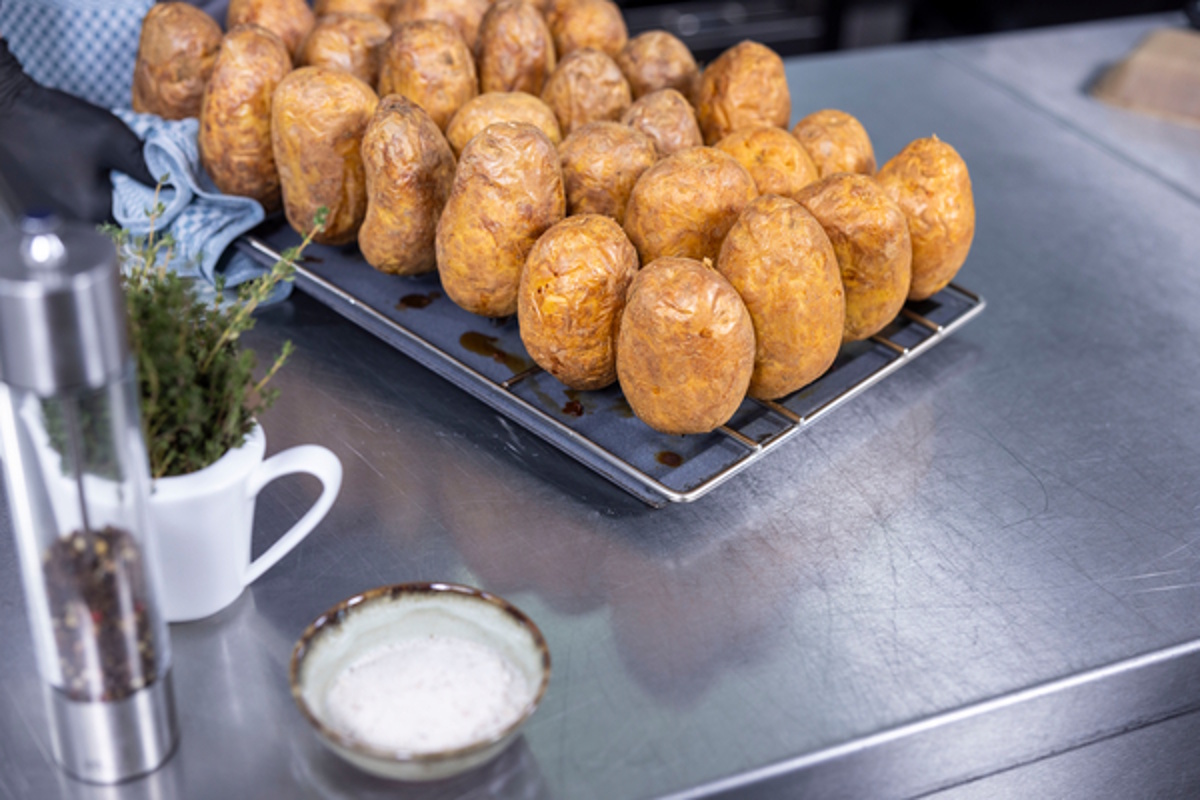
Image: Rational
Potato secret 4: Distant relatives
They have names like Sieglinde, Bamberger Hörnchen, King Edward, Maris Piper, Mona Lisa and Soprano. And they’re all closely related. The many different European potato varieties are all descendants of the Peruvian native potato mentioned above. And then there’s the sweet potato… the name alone means that it must be a close relative, right? Wrong! The sweet potato is in the Convolvulaceae (morning glory) family, which is part of the Solanales order. Nightshades, of which the potato is one, are another family in that same order. So at best, the potato and the sweet potato are distant cousins; they simply aren’t in the same botanical families. And although both can definitely be part of a healthy diet when properly prepared – sweet potatoes are also rich in vitamins and minerals – there’s one key difference between them: whereas the solanines in potatoes mean they should be eaten cooked and ideally peeled, sweet potatoes can also be eaten raw. Sometimes distant relationships offer advantages.
By the way: The skins of purple, blue, and red potatoes contain anthocyanins – water-soluble plant dyes that are particularly rich in antioxidants.
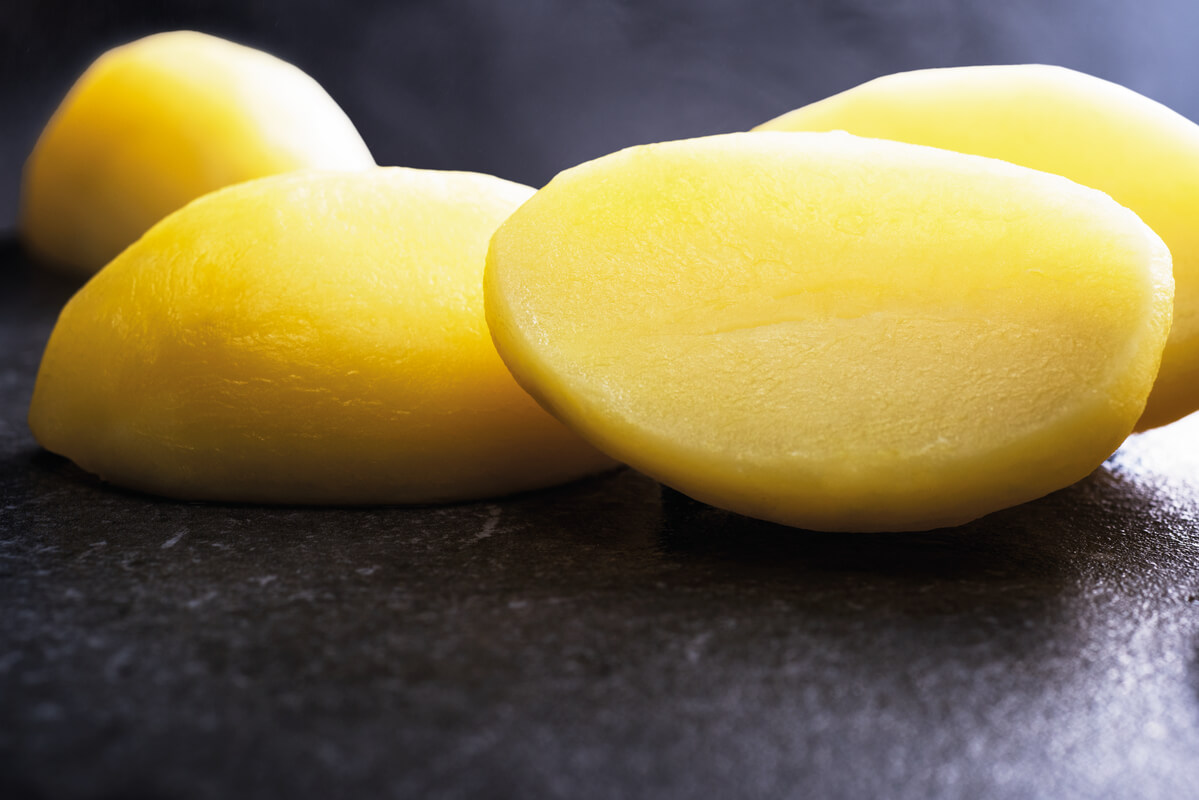
Image: Rational
Potato secret 5: SpongeBob TaterPants
We know that potatoes taste great prepared any number of ways. But you can also add them to a dish even if the recipe doesn’t necessarily call for them. When? Well, when the chef goes a little overboard on the salt. Throwing a potato into the mix can neutralize the dish… in several respects. We know that potatoes are primarily made of water, so they can absorb a small amount of salt through diffusion. Moreover, they don’t release salt of their own as they cook… and by increasing the volume of the dish, they make it taste relatively less salty. Adding potatoes can’t save a dish that’s truly oversalted, but from a taste standpoint, it can’t hurt, either.
By the way: Potatoes’ absorbant effect can help in the refrigerator, too. Namely, with unwanted odors. The potatoes’ porous structure binds them at least somewhat… albeit only temporarily. Avoid eating the potatoes afterward: for one, they’ll smell musty, and for another, because refrigeration causes potatoes to deteriorate.


